What to Expect From the Office Sector in 2021
In the fifth installment of our 2021 outlook series, experts from across the office market spectrum share insights on what’s ahead.

Greg Martin, Principal, Avison Young. Image courtesy of Avison Young
The pandemic acted as a catalyst for change, being the main factor that shaped the office market in 2020. Its multilayered effects resulted in the acceleration and crystallization of several trends. Offices—those traditional clusters of meetings and collaboration—began to change, propelled by the shift to remote work.
“Corporate America was forced to embrace technology and virtual tools to salvage and maintain its core businesses. The investment in work-from-home tools and distance communication and learning sites was forced and realized to be effective in many sectors,” Greg Martin, principal at Avison Young, told Commercial Property Executive.
READ ALSO: Office Deals Falter, Though the Suburbs Fare a Bit Better
However, while this global-scale experiment has shown that productivity can be maintained through remote working, “many companies are starting to feel that true growth is suffering,” Sanjay Rishi, CEO of JLL Corporate Solutions Americas, further explained.
Road to recovery

Sanjay Rishi, CEO, JLL Corporate Solutions, Americas. Image courtesy of JLL
The role of office space users is becoming increasingly important, as they are the ones who need to address changing workforce preferences.
“While the unknowns surrounding the pandemic still make it difficult to predict a precise recovery time, we know from previous downturns that the real estate market typically recovers as the economy is rebuilt,” Rishi noted. He believes a hybrid approach to work and an increased focus on health, well-being and amenities are key to restoring office demand to pre-pandemic levels.
Martin also points out that confident health-care actions and a back-to-work program employers are comfortable with will lead to economic recovery in 2021. However, progress depends on vaccine availability and the vaccination rate.
But what will the return to office look like? According to Rishi, office reentry will be different for every company. “Even with news of an approved vaccine, we view re-entry as a one-size-fits-one approach that should be a gradual, multiphased and iterative journey—unique for every company.” As a result, hybrid work is seen as the new normal, with the model providing office users various spaces suitable to accommodate the full range of workday needs.
Flex: the new norm

Anna Squires Levine, Chief Commercial Officer, Industrious. Image courtesy of Industrious
While the office sector as a whole was greatly affected, the flex space subsector hasn’t changed that much, with the pandemic accelerating demand for more flexibility. According to Anna Squires Levine, chief commercial officer of coworking space operator Industrious, companies were seeking out flexible workplace options long before the pandemic hit.
“As more occupiers view flex as a release valve to accurately meet real-time space needs, landlords understand the need to offer flex to attract and retain long-term tenants,” Hana CEO Andrew Kupiec told CPE.
Savills and CBRE, for example, proved to be one step ahead and created their own flexible space platforms before the pandemic hit. Rishi is convinced that landlords will continue to do the same thing, while corporate occupiers will scale down their footprint in order to adapt to workforce demand and to the new working and living patterns.

Andrew Kupiec, CEO, Hana. Image courtesy of Hana
Additionally, partnerships formed directly with landlords—something Industrious fully shifted to several years ago—will be key to the subsector’s future. “Whether it’s a matter of bandwidth or expertise, landlords may not always have the capacity to effectively design, market, manage and operate a market-leading coworking space. Outsourcing those operations to experts will become more and more prevalent as building owners look to optimize those assets,” Kupiec said.
Meanwhile, flex and coworking space providers and operators are contributing to recovery by providing competitive pricing and healthy discounts, multilocation access and business partnerships, according to Workthere Head of the Americas Dom Harding. He expects occupancy to begin to rebound during the first half of 2021. The second half of the year will likely see accelerated demand for flexible office space, resulting from office users’ need to collaborate in person—something that’s difficult to replicate through videoconferencing or other technology.
Prevention through design

Dom Harding, Director, Workthere. Image courtesy of Workthere
Employers and landlords have all acknowledged employees’ need for personal exposure and interaction within the corporate setting, so they’re starting to reevaluate their space needs and operation protocols, which is leading to a change in office design.
“The updated design may include various innovation zones, including enclosed and semi-open, with the proper incorporation of technology and advanced audio-visual capabilities. With each employer, the approach is different and the future offices that emerge will mostly be customized for each particular business as it can not be one-size-fits-all,” Hannah Hackathorn, regional principal of design operations at Unispace, told CPE.
New models will likely develop as the need for flexibility increases, with many businesses relying on remote or hybrid work models in the post-COVID-19 world, according to Mike Aziz, partner & director of urban design at Cooper Robertson. “People won’t want to work from home forever and there will be a need for work-friendly third places.”
And while the office of the future will integrate the latest innovations, Hackathorn finds it essential for designers to educate employees about how safe their new workspace is through signage and/or in-app messaging, providing employees with the much-needed psychological comfort level.
From an urban design perspective, designers could enhance and broaden transportation infrastructure for people who use alternative transportation modes for commuting, alongside a smart approach to public space. “It’s critical to recognize that any back-to-office transition will involve changes to the whole urban ecosystem,” Aziz added.
CetraRuddy has already identified heightened interest in mixed-use projects that include office, residential, hospitality and retail, all wrapped together into a sort of three-dimensional neighborhood. “It’s a real push for meaningful placemaking and a type of office environment where you don’t feel isolated from what’s happening around you,” Eugene Flotteron, the company’s principal & director of architecture, said.
Trends to watch
In 2021, digital transformation will stand at the heart of every business, fueled by each individual’s interest in health and well-being. JLL found that employees cite work-life balance as more important than securing a comfortable salary, indicating that living consciously and healthily is as important as finding purpose in their job. As the majority of employees are expecting to work from different locations after the crisis, “a dispersed, digitally enabled, liquid workforce will characterize the world of work in 2021 and beyond,” Rishi predicts.
Martin believes that “ready-to-go” space prepared for occupancy on short notice, work-from-home hybrid programs, virtual and digital marketing programs, as well as flexible workspace options are some of the main trends that will dominate the office sector in 2021. Similarly, as changes continue to be implemented, the flex office sector is expected to see an increase in “on-demand products allowing access to spaces on short notice for short, daily time periods, through a seamless booking system”, according to Harding.

(From left to right) Eugene Flotteron, Hannah Hackathorn, Mike Aziz. Images courtesy of CetraRuddy, Unispace and Cooper Robertson, respectively
Another trend to watch is the pivotal shift from a headquarter-focused approach to a decentralized, hub-and-spoke style office model, Levine noted. Companies will look to establish regional offices closer to where employees live in order to avoid long commutes, while keeping in mind that people won’t be expected to go into the office five days a week. Also on the flex office front, Kupiec expects mid-to-large occupiers to continue to ask for more optionality this year, “from providing a variety of rent and occupancy structures, including subscription-like models, to creating space designs that are more modular.”
Design-wise, Flotteron said we’re likely to see office properties with larger floor plates, floor-to-ceiling windows and private terraces for individual tenants. “Within cities, the office market may expand more extensively into new neighborhoods as people see the benefits of working closer to where they live or having an office space in an area with low-rise or midrise building stock and better access to light and air,” he added.
A new challenge lies ahead: preparing for a new type of demand, where flexibility is key as employees are not fully back in the office yet. According to Kupiec, “no one has the exact answers, nor the occupancy patterns and data, to know how people will interact with office space in a post-COVID-19 world.”

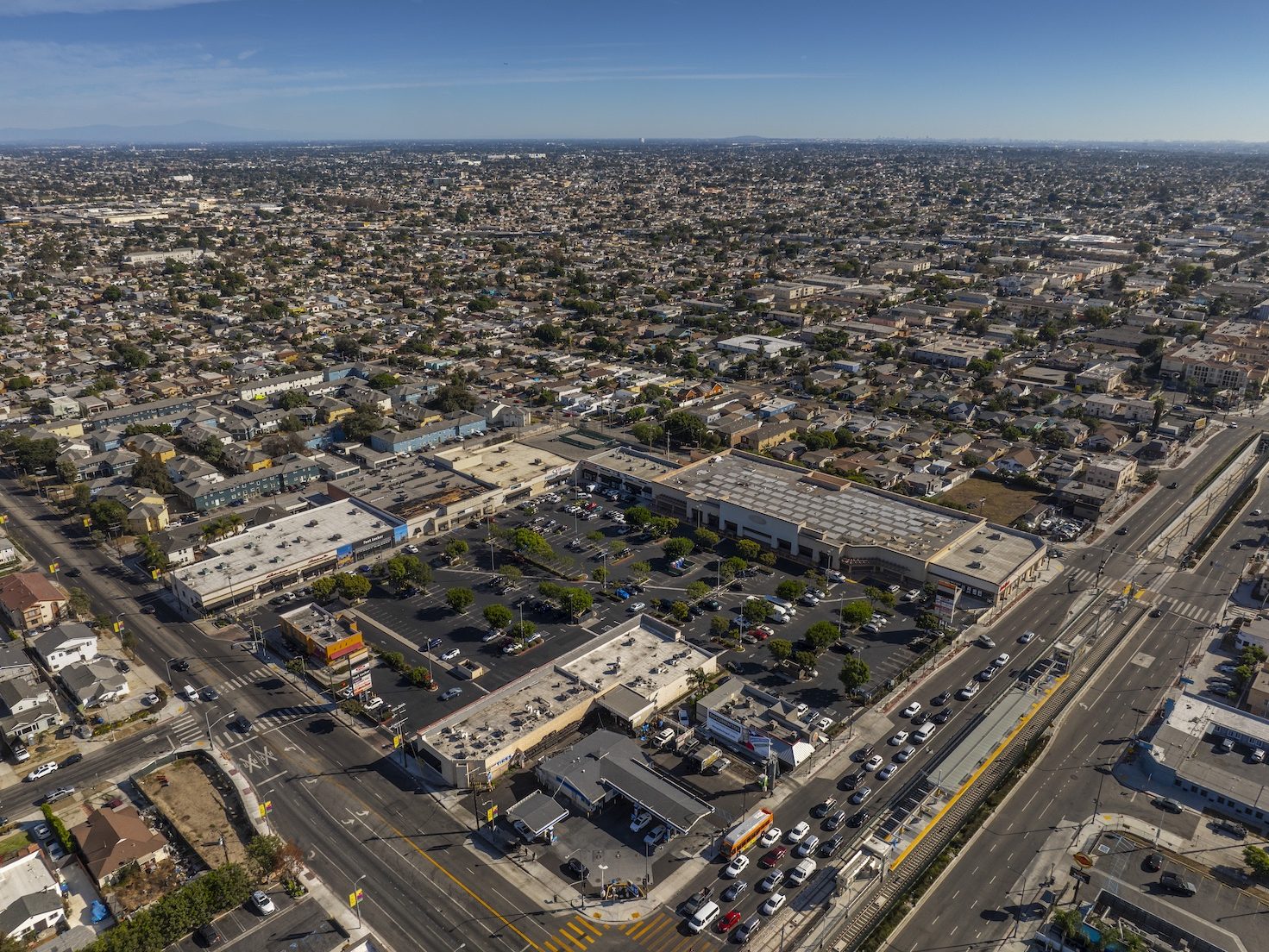
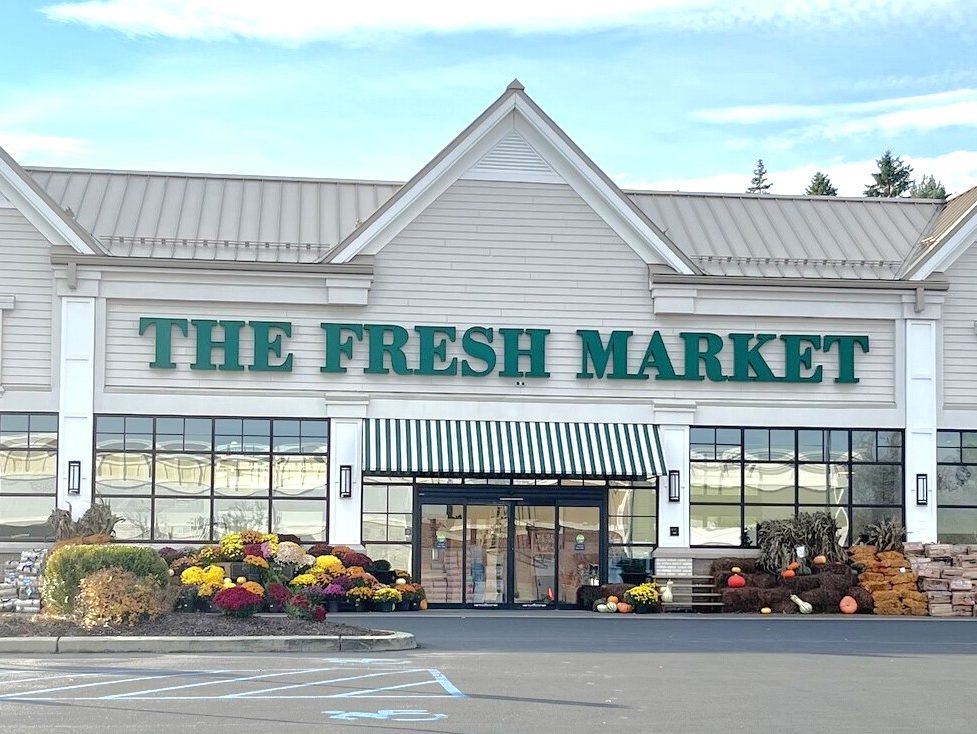
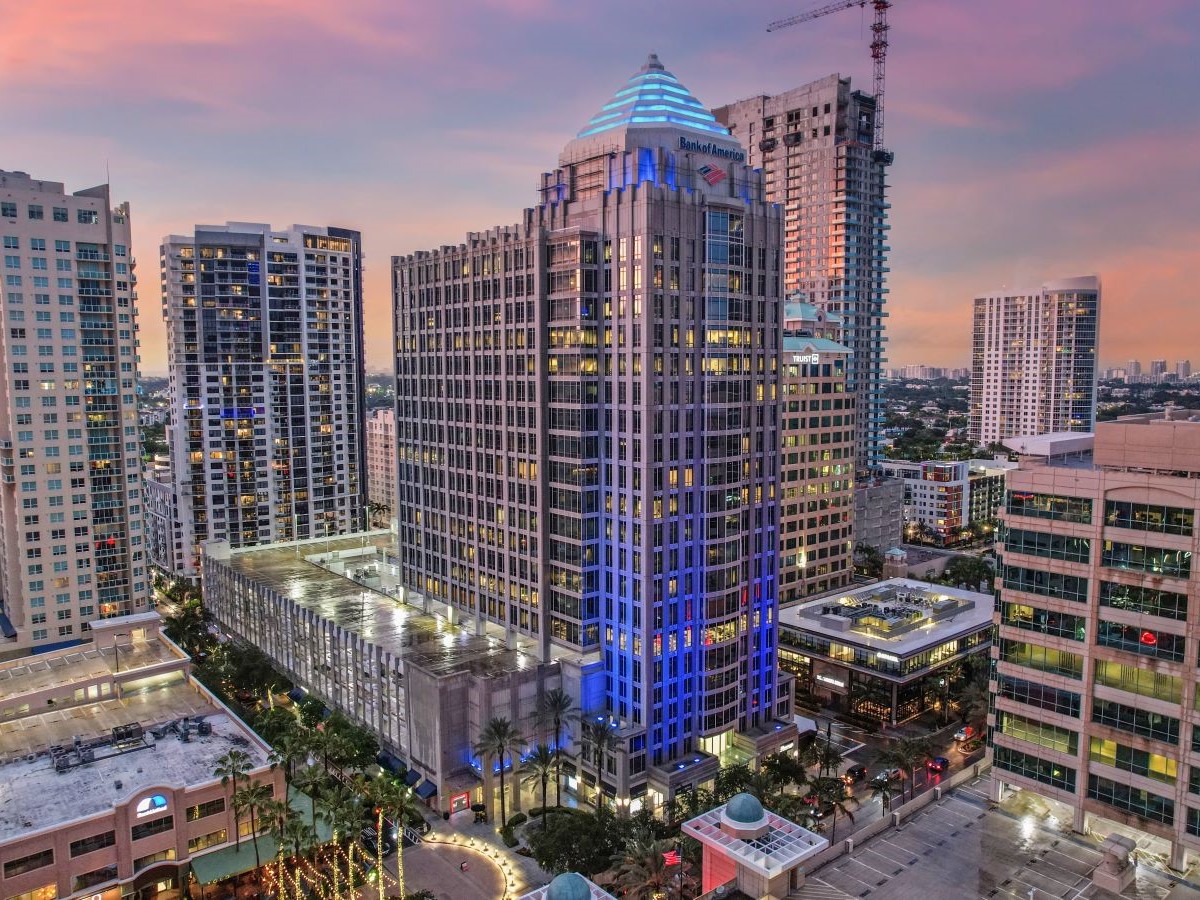
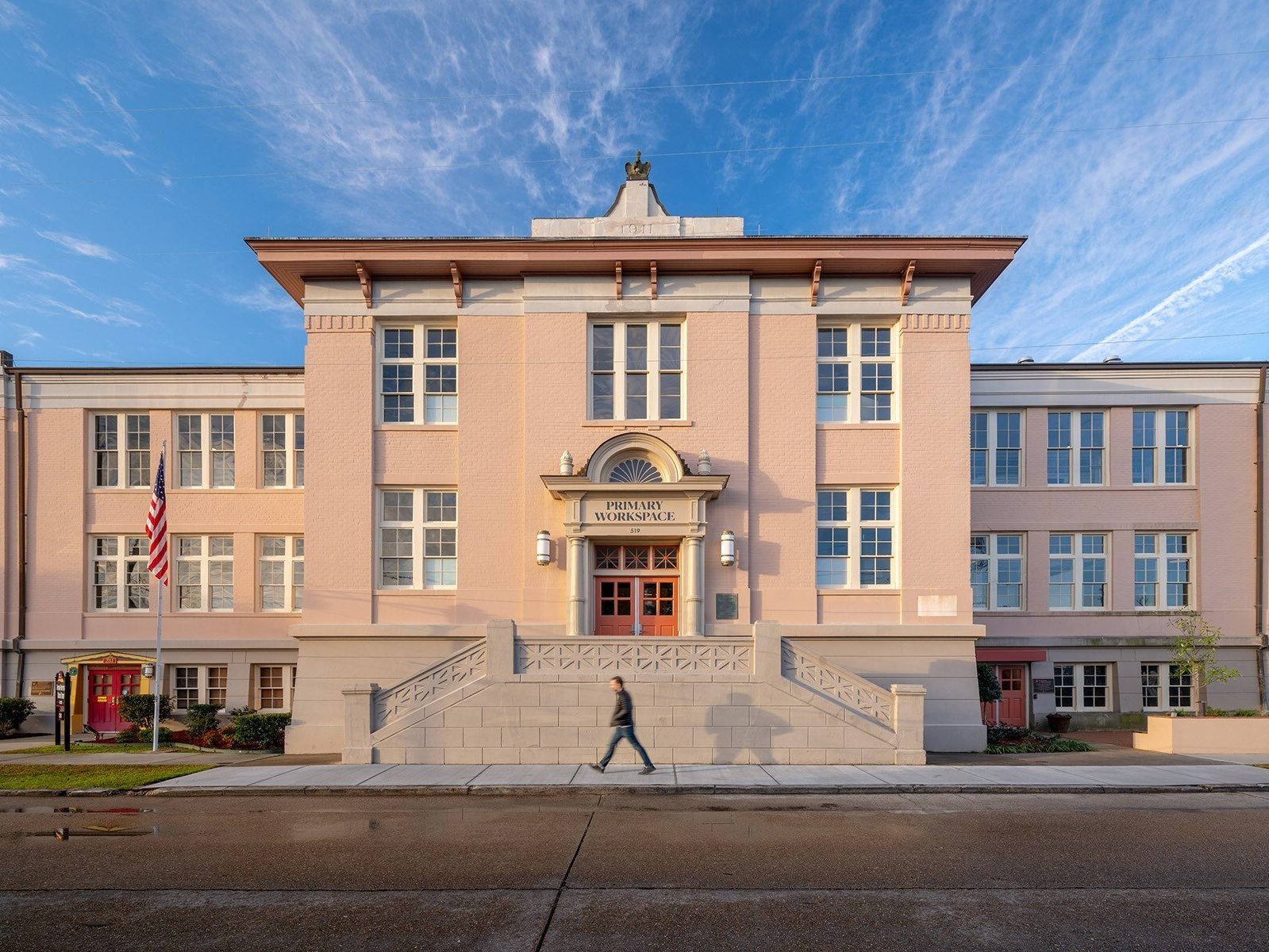
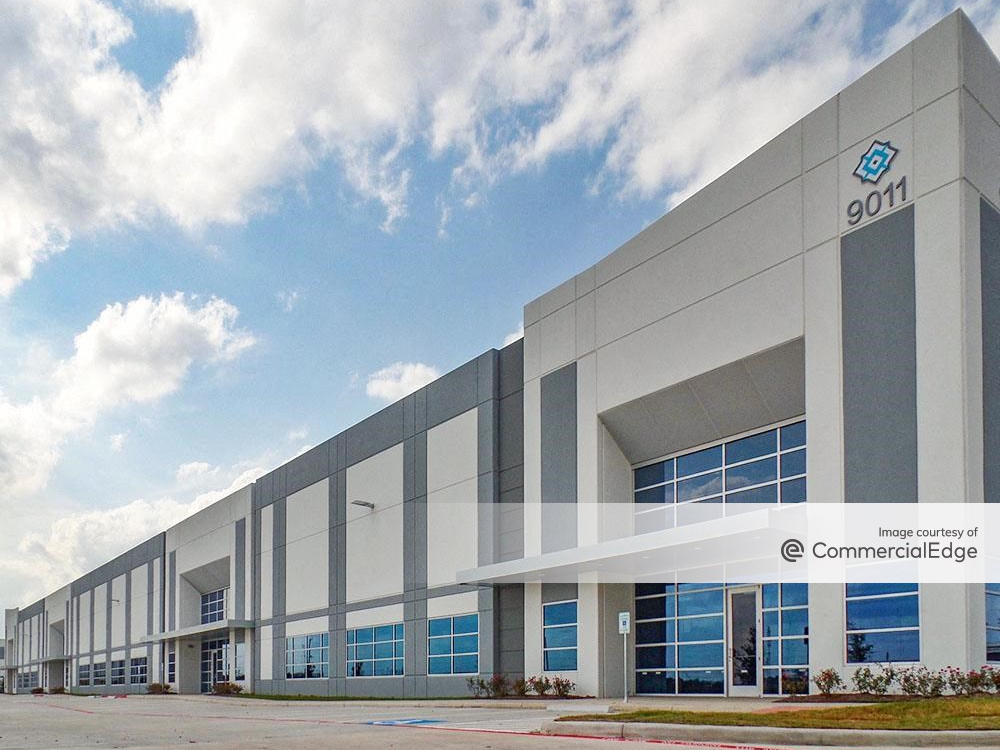

You must be logged in to post a comment.